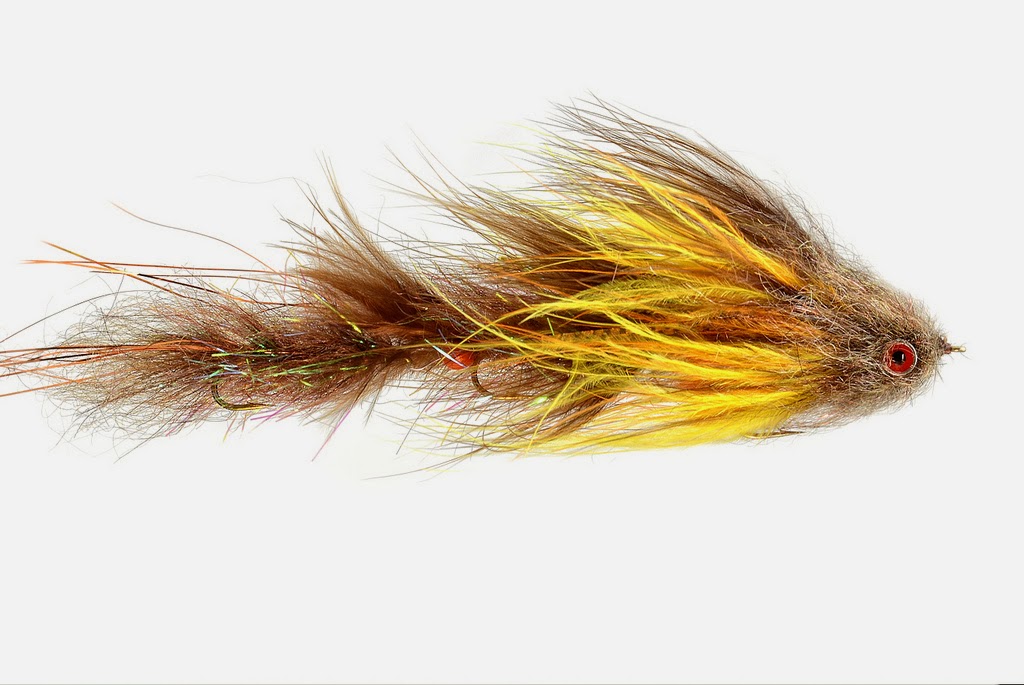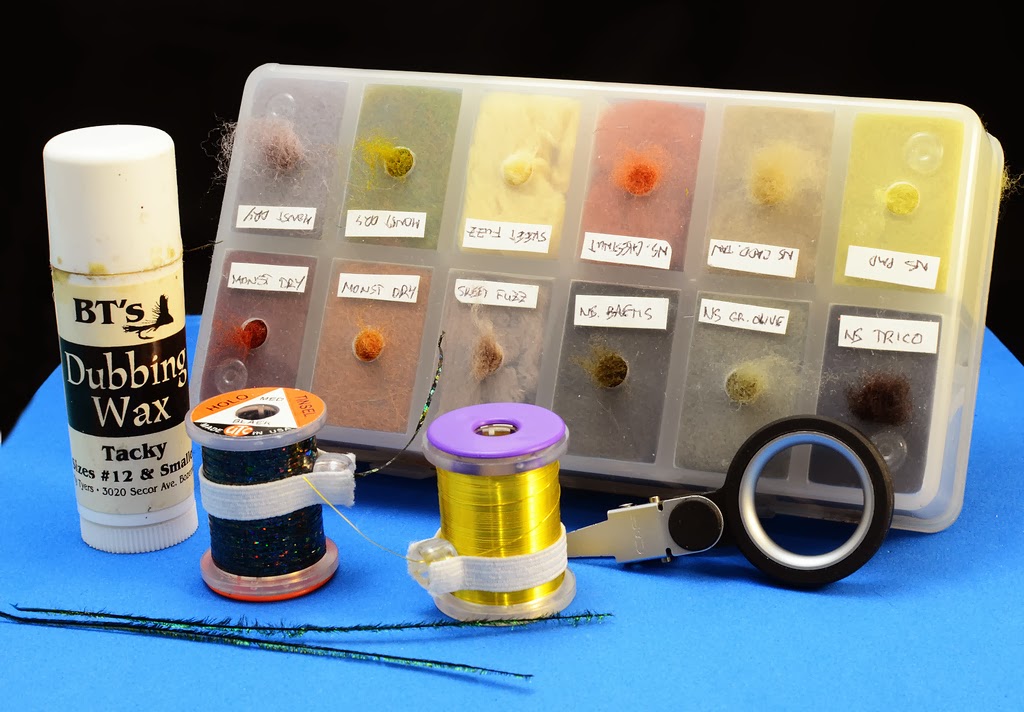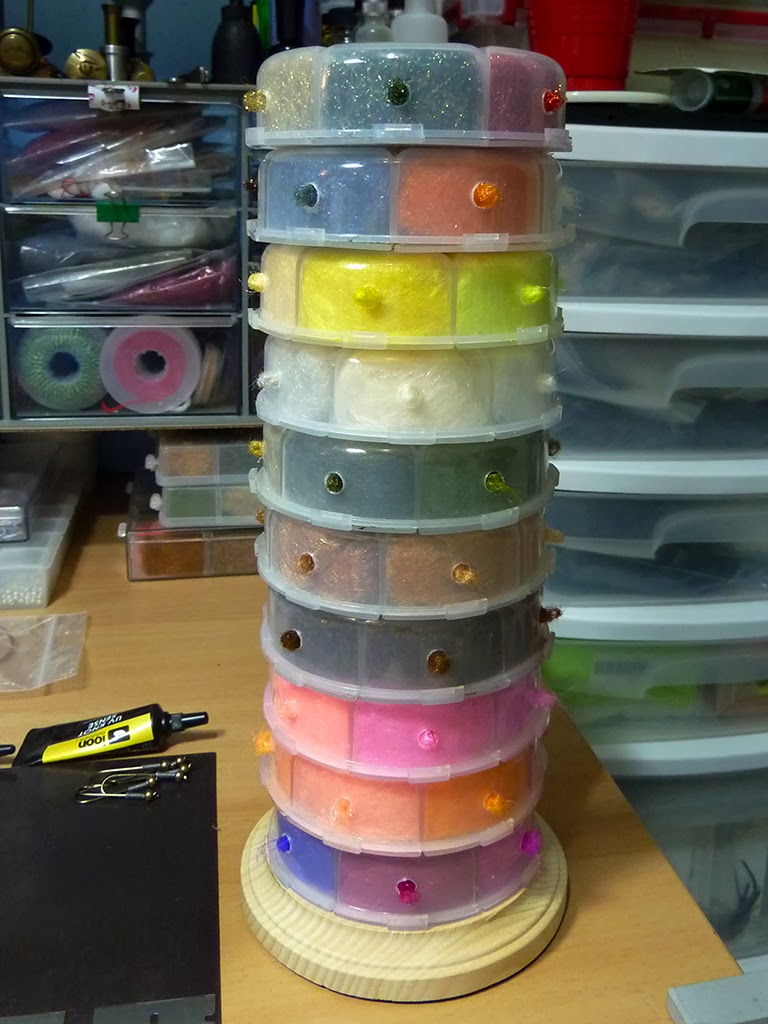Why do you do that?!!??
![]() |
| Euro Nymphing... pfffft. I only fish dry flies. |
There are things in fly fishing and fly tying, that for the life of me, I can't understand. WHY do people do them? Maybe it's just the way they were taught, or maybe it's some type of superstition that I don't understand. Here is a list of 5 things of those things that I'm just too dumb to understand. Keep in mind that these rants (like
this and
this) are just opinions and observations from an otherwise uneducated redneck from Vernal, UT.
1- The "Touchdown" formation![]() |
| Cheech is doing it all wrong here. HANDS UP!!! |
Setting the hook and fighting the fish with your hands directly over your head. Yep. You all have seen this if you have fly fished enough or have watched videos on the inter-webs. a semi-pro guide is intently watching his indicator and sets the hook by promptly lifting his hands directly over his head. He gets ALL fish
(regardless of the size) on the reel and keeps his hands up there the whole time he is fighting the fish. Can someone clue me in here... Why? If it's a big fish in a big river, I prefer to stick the butt of the rod into my very non-muscular gut and anchor that sucker in place. In fact, My arms would get tired fighting bluegill in the "touchdown" formation. Really though. If someone can tell me a reason for this, I'm all ears... and arms.
2- Dry or dieI get it... dry fly fishing is fun, and I even went through a phase of my life when I would rather sit on the bank and eat sunflower seeds than fish nymphs. This all being said, if you want to catch more fish, you should get really comfortable fishing beneath the surface. Here is why I think some people are dry fly only guys... Nymphing is
harder than dry fly fishing. Yep. with dry flies, you get to visually see a fish eat your fly. You set the hook, bring the fish in, and repeat. With subsurface fishing, you almost have to have a sixth sense to know where to fish and to know when your fly gets eaten. Nymphing is much more than a bobber, a bunch of lead, and a couple pheasant tails. If you want to limit yourself dry fly fishing, more power to you, but don't belittle nymph fishermen. Chances are, they catch more fish than you. Rant over... I also LOVE fishing dry flies.
3- "Yeah, I used to be a guide..."I have all the respect in the world for guides because many times they have a thankless job of putting people into fish. They know the river, the fish, the flies, and how to turn crappy 15 foot casts into fish. Kudos to you. On the other side of the coin, I have met several guys that obviously want to try to impress you with their fly fishing prowess to tell you that they used to be a "guide." Now this might mean something in a state where you actually have to get a license to become a guide, but in my home state, if you have a couple of south bend trophy tamers, a spool of 4x, a pocket full of zebra midges, a Toyota Corolla, and a tank of gas you can damn well be a guide. Those.... those are the guys I'm talking about. I once had a co-worker invite
![]() |
| This guy clearly needs a guide to catch fish in January! |
me to go fishing with him (he had no idea that I fished) that told me that he could help me learn how to fly fish. He used to be a guide - he told me. I went without telling him that I knew how to fish, and that I had about 10,000 flies on my person at any given time. I know, I'm bad. It went like this...
"Hey, why are you stringing up a 3 wt?"
"You need at least a 6 wt on this river."
"Hey why aren't you putting an indicator on your line? You will never see the fish eat your fly."
"Hey, what did you get that fish on?"
"Hey, do you always fish dry flies in the winter time?" (See #2)
"Hey, can I borrow one of those flies?"
"Hey man, you should really be a guide."
4- Half Hitches.So we call it "tying" flies, but if you really think about it, we aren't actually tying materials to the hook shank with a series of "tied" knots. We simply "bind" the materials onto the hook shank by wrapping thread around it. For all intents and purposes, yes, technically the thread could become unwound while tying the fly if there were a massive earthquake, or if your fly tying room were invaded by a pack of rabid wolves. You do not, however, have to tie a half hitch on your fly after tying in every material. The only reason why you would need a half hitch is if you are rotary tying (with a bobbin cradle) and you want your thread to stay exactly where it is. Maybe you can help me understand why people do this, but I have seen it a lot lately and I can't get my head around it. Use them instead of a whip finish... fine by me, but you really only need two or three snug wraps to secure most materials in place.
5- Can't lose that fly guy.![]() |
| This is the only fly worth climbing a tree for. |
I think we all have been here before. You are fishing with a buddy, and all of a sudden you walk around the bend to find him risking life and limb to pull his $2 BWO from a branch 25 feet in the air. If he gets it back, it's the highlight of his trip because he doesn't have to buy (or tie) another one. If he loses it, it ruins his day,
and he grumbles about it through an insane hatch with many trout rising... So I'm overplaying this a bit, but in my opinion, no fly is worth the risk of me falling out of a tree and breaking my head. Help me understand this one folks.
Again, like the rest of my rants, I'm probably guilty of all of these things from time to time myself - but I still don't understand why.
~Cheech









































